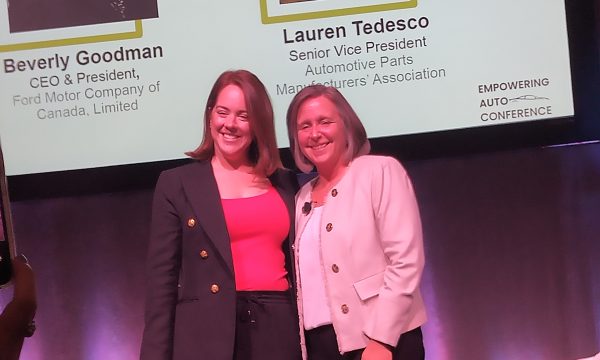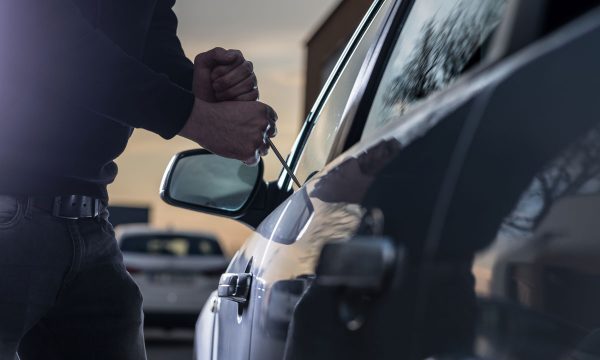 A new report from market research and electronics consultancy company IDTechEX suggests that the coming-of-age moment when kids learn to drive could go the way of VHS tapes and flip phones.
A new report from market research and electronics consultancy company IDTechEX suggests that the coming-of-age moment when kids learn to drive could go the way of VHS tapes and flip phones.
“This is due to the massive focus on automation sweeping the personal transport industry,” said IDTechEX in a news release.
The information is based on the company’s Autonomous Cars and Robotaxis 2020-2040: Players, Technologies and Market Forecast report, which forecasts that autonomous cars and robotaxi services will become a $2.5 trillion market by 2040.
To be clear, robotaxis are autonomous cars (Level 4 or 5) meant to help replace private cars and taxis by becoming the more affordable option where vehicle ownership is concerned. They aim to reduce the need for the same driving focus and use of hands and/or feet required in a traditional vehicle, while also being more accessible to disabled people and potentially offering greater peace-of-mind for worried parents.
They are not robot shuttles, which are box-shaped road vehicles designed for slow-speed, multi-purpose city use. Robot shuttles are meant to help solve issues around road safety, congestion, expense, emissions, and lack of suitable vehicles.
“Because robot shuttles are zero-emission, compact and multi-purpose, the possible future they present is one where there are no private vehicles in city centres: accessible, electric, fully automated transport would ease congestion and eliminate the need for private car ownership within cities,” said IDTechEX.
Autonomous cars and robotaxis, and even robot shuttles are in progress in a number of countries. IDTechEX said China’s answer to Google’s developments in these areas is to work with Chinese bus-maker King Long to build buses known as Apolong, which feature Level 4 autonomous driving capabilities.
And Aurrigo, which is based in England but has offices in the United States, Canada and Australia, is conducting driverless pod trials.
“One such trial involved blind veterans in Brighton as part of an exercise to explore possible ‘first and last mile’ transport solutions,” said IDTechEX. “The company joined forces with Blind Veterans UK to develop a six-month programme of testing that started in April 2020.”
The results revealed an overall positive experience for participants, including reduced travel anxiety.
IDTechEX also notes that, although these updates to cars are coming and should be expected, updates to the roads themselves in the form of smart cities are also coming — and cited Toyota’s “Woven city” in Japan as an example.
“The city will be designed with three different types of streets: one for self-driving vehicles, one for pedestrians using personal mobility devices like bikes, and one for pedestrians only,” said IDTechEX. “The rooftops of buildings will be covered in photovoltaic panels to generate solar power and hydrogen fuel cell power, and all around will be native vegetation grown using hydroponics: a method of growing plants without soil.”
Will kids stop learning to drive? IDTechEX suggests that in time, that may be the case — that learning to drive could be relegated to the realm of nostalgia. But that will likely take time, as did the phase out of flip phones and VHS tapes, the latter of which is still in use today by some people.
















